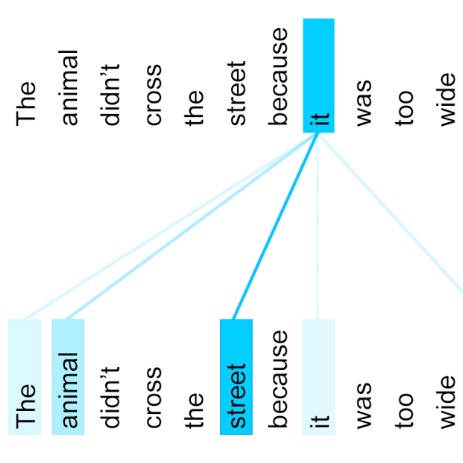User and item reviews are valuable for the construction of recommender systems. In general, existing review-based methods for recommendation can be broadly categorized into two groups: the siamese models that build static user and item representations from their reviews respectively, and the interaction-based models that encode user and item dynamically according to the similarity or relationships of their reviews. Although the interaction-based models have more model capacity and fit human purchasing behavior better, several problematic model designs and assumptions of the existing interaction-based models lead to its suboptimal performance compared to existing siamese models. In this paper, we identify three problems of the existing interaction-based recommendation models and propose a couple of solutions as well as a new interaction-based model to incorporate review data for rating prediction. Our model implements a relevance matching model with regularized training losses to discover user relevant information from long item reviews, and it also adapts a zero attention strategy to dynamically balance the item-dependent and item-independent information extracted from user reviews. Empirical experiments and case studies on Amazon Product Benchmark datasets show that our model can extract effective and interpretable user/item representations from their reviews and outperforms multiple types of state-of-the-art review-based recommendation models.
翻译:一般来说,现有的基于审查的建议方法可大致分为两类:分别从审查中建立静态用户和项目说明的典型模型,以及根据审查的相似性或关系动态地对用户和项目进行编码的基于互动的模式。虽然基于互动的模型具有更多的模型能力,更适合人的购买行为,但现有的基于互动的模型设计和假设与现有的硅模型相比,其业绩不尽人意。在本文件中,我们找出现有基于互动的建议模式的三个问题,提出若干解决办法和新的基于互动的模型,以纳入用于评级预测的审查数据。我们的模式采用一种与常规培训损失相匹配的模型,以便从长期的项目审查中发现与用户有关的信息,它还调整零关注战略,以动态平衡从用户审查中提取的依赖于项目和依赖项目的信息。关于亚马逊产品基准数据集的实验和案例研究表明,我们的模型可以从审查中提取有效和可解释的用户/项目说明,并推出多类型的建议。




